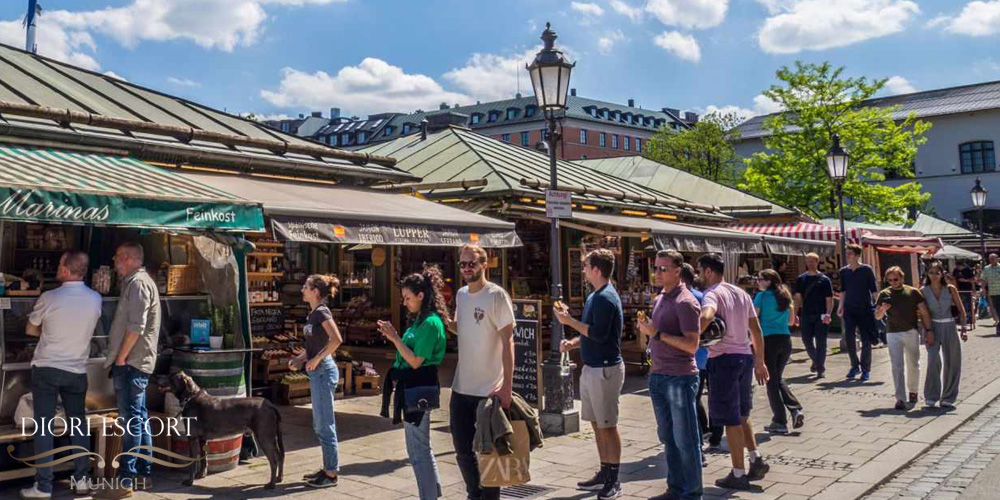Situated in the core of the old town, Viktualienmarkt used to be a ranchers’ market. Nowadays, it draws in epicures and foodies, who find all that they could dream of and that’s only the tip of the iceberg – from customary Bavarian rarities to more intriguing produce.
History
Up to the mid nineteenth 100 years, individuals of Munich would go to the adjoining Marienplatz to buy their provisions of grain, leafy foods, fish and eggs. By then, in any case, the size of the market started to burst at the creases; in this way, in 1807, King Max I Joseph directed that the region between Heiliggeist Church and Frauenstrasse be utilized to sell produce. Thus, the market had its very own position, a square which at the time was known as Marktplatz (significance commercial center or market square). “Viktualien”, taken from the Late Latin word for food, was not added until some other time. Continuously from 1823 to 1829, the market was at that point needing extra space. Various different elements were likewise added later down the line, similar to a lobby for selling garbage, structures for organic product dealers and a different corridor for selling fish got from the North Sea. By 1890, the Viktualienmarkt had arrived at the size of the present-day market.Our Busty Escorts category might be the most diverse one on our whole page. Just scroll down our selection of buxom beauties and you’ll find busty blonde escorts, busty German escorts, brunettes, cougars, party girls, Mistresses, and so much more. If you’re overseas and looking for a busty babe to spend the evening with, we also have a range of busty International escorts to help you relax on vacation too.
A famous place for occasions
Nonetheless, albeit this is all there is to it primary reason, the Virktualienmarkt isn’t just a spot for trading: the market likewise has various conventional and folkloric occasions, for example, the bright Fasching celebrations and the covered dance of the market ladies on Shrove Tuesday. Right close to the Market is the site of the “Schrannenhalle”, worked under King Maximilian I as indicated by a French model. This was a market corridor more than 430 m long, where grains were sold, and which torched in 1932.





